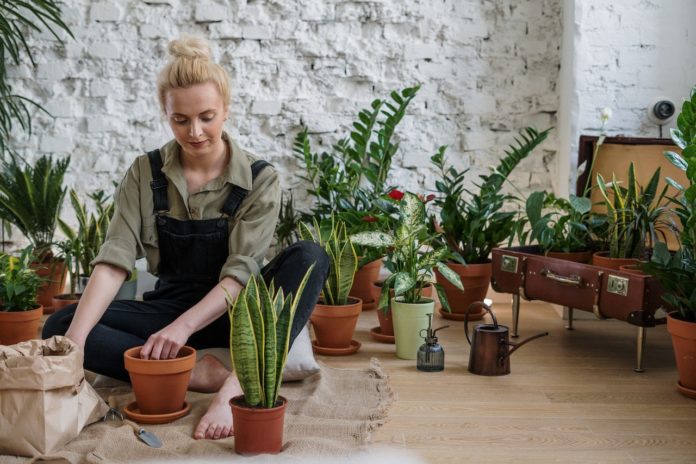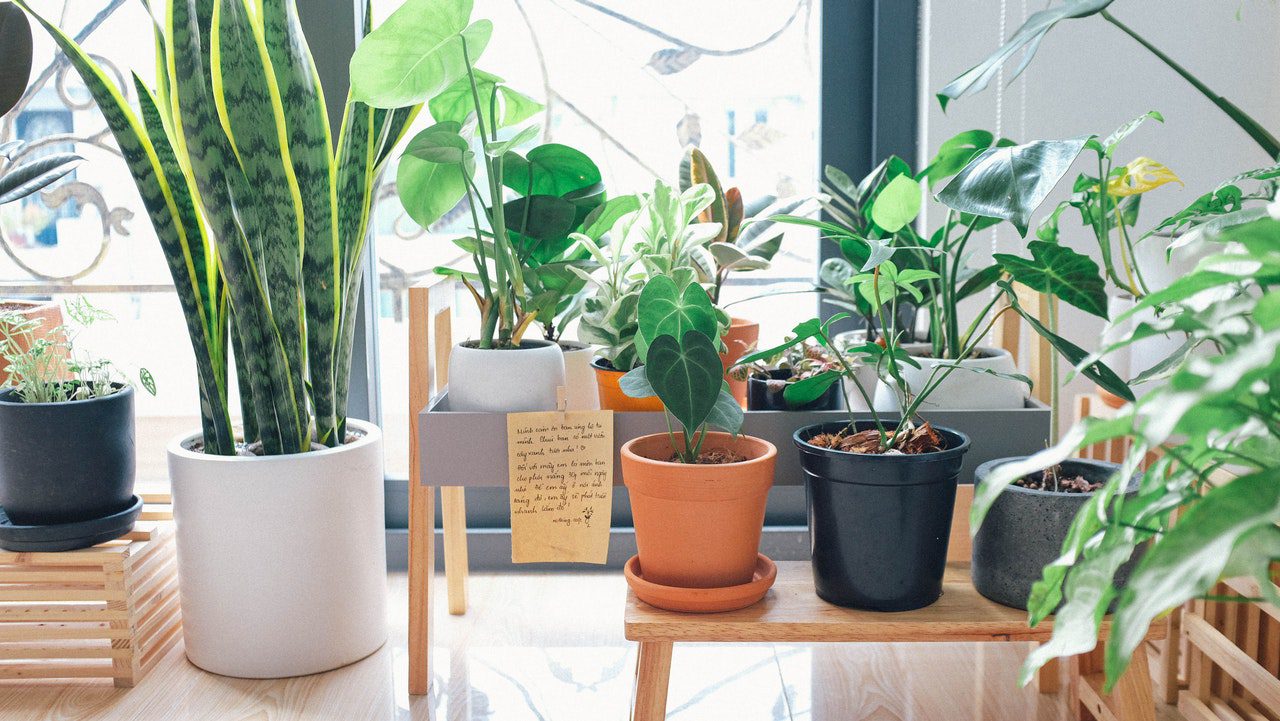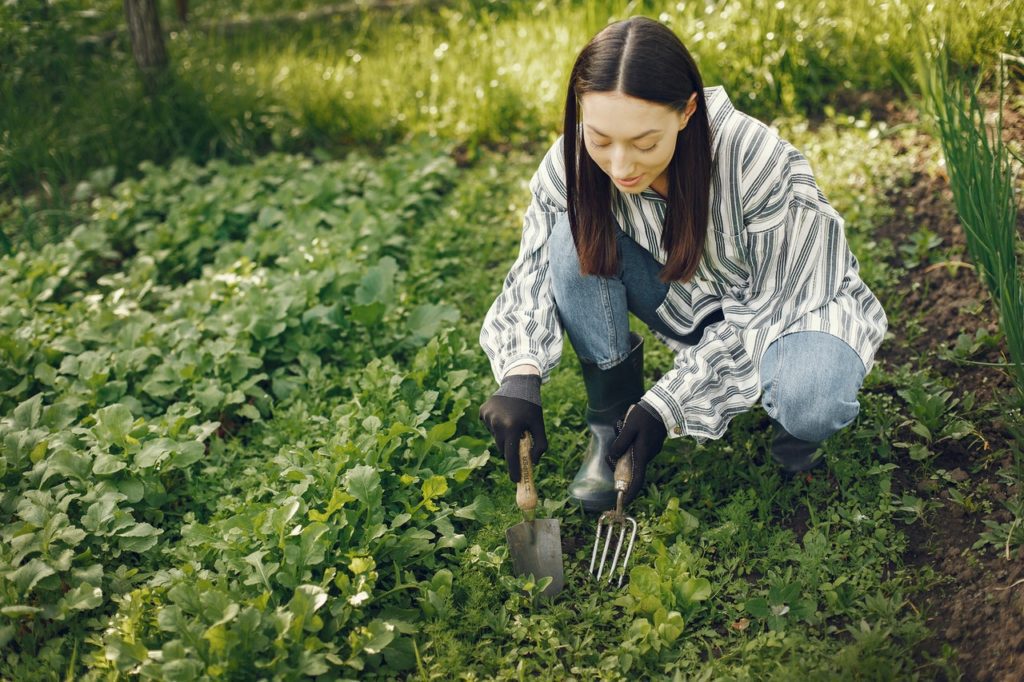The therapeutic gardens help people to deal with chronic diseases and disabilities in various situations. Places where you can see therapeutic gardens include vocational rehabilitation centers, nursing homes, hospitals, as well as botanical gardens, daycare centers, and prisons.
The psychiatric and physical value of these gardens has been noted throughout history. The first psychiatrist to note the positive effects of gardening on mental health patients was Dr. Benjamin Rush, one of the signers of the Declaration of Independence.
What exactly is a therapeutic garden?
According to the American Horticultural Therapy Association, therapeutic gardens are “a predominantly plant environment designed to facilitate interaction with the healing elements of nature. Depending on the design of the garden and the needs of the user, the interactions can be passive or active”. Therapeutic gardens are sensory gardens, healing gardens, restorative gardens, enabling gardens, and habilitation gardens.
What are its benefits?
There are many benefits to gardening. Some of these benefits have connected with nature, social interaction, and learning new skills. Depending on the illness or disability, horticultural therapy can help people develop fine motor skills, increased concentration, endurance, hand-eye coordination, and a sense of independence and control. People of all skill levels can learn to grow and care for plants, and the garden can be designed for everyone to have access to.
Studies have supported providing these gardens to various people, including those recovering from surgery. According to the University of Minnesota, “Roger Ulrich, a professor at Texas A&M University and director of the Center for Health Systems and Design, noted an increase in positive emotions and decrease in negative emotions when looking at landscapes and natural elements. In turn, it boosts recovery by effectively retaining attention/interest and blocking stressful emotions. When looking at greenery, patients reported lower alpha rates associated with being weak and fully relaxed.”
The accessible garden design.
Gardens designed for use in therapy must meet certain criteria to be designated as accessible. Garden planning can be done with landscapers or nursery teachers familiar with national and local accessibility standards. In addition to some regulations, a lot more is involved in planning these gardens. From plant selection to color, texture, scent, sound (and sometimes taste), preparation can take months in a small garden and a year or more in a large project.
Sensory considerations and equipment required for the garden.
Sensory considerations must be taken into account while planning the garden. Who is the garden primarily intended for? Is it for specific populations with physical, mental, or emotional challenges? For example, someone with autism needs an organized garden that minimizes stimulation. In contrast, someone in a wheelchair needs a raised garden bed. Visually impaired people can benefit from chimes and bells strategically placed in the garden. The needs of the people using the space should be carefully considered before the construction and planting stages begin.
Additionally, the equipment used for the daily maintenance of the garden must be adapted for people with disabilities. For example, faucets must be of the lever type, and tool kits must incorporate equipment adapted for people with disabilities.
What activities can you perform in your therapeutic garden?
The therapeutic garden can be used for a variety of activities. The garden can be used by residents, specific individual groups, and members of the community. Classes may be offered to teach gardening techniques such as plant propagation, container gardening, and herb gardening. The garden can be used to attract birds and butterflies, which in turn can attract people from the community of wildlife enthusiasts.
Some gardens can be used to teach trades, and the products can also be sold. The resulting income can be used to help make the garden a self-sustaining project.




